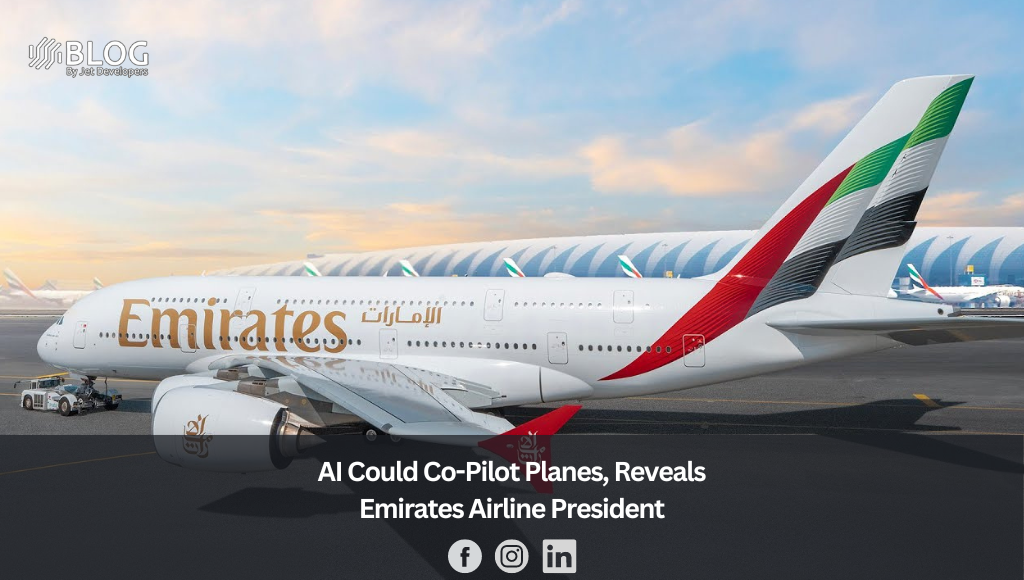Airline Industry Considers AI Pilots to Overcome Crew Shortages and Cut Costs, But Will Passengers Accept It?
As artificial intelligence (AI) advances, airlines are considering the possibility of replacing one of the pilots in the cockpit with computing technology. This move could help them tackle crew shortages and reduce costs. However, the question remains whether passengers would be comfortable with this change.
According to Emirates President Tim Clark, AI is poised to have a significant impact on the aviation industry, with single-pilot planes becoming a possibility, CNBC reported on Tuesday. “You’ve got to take time to look at what this [AI] could do to improve what you do,” Clark said.
For many of us who have grown accustomed to seeing two or even three pilots in the cockpit for long-haul flights, the idea of a single AI pilot might come as a shock. However, for the airline industry, reducing human dependency as technology improves is becoming the norm.
Back in the 1950s, there was a five-member crew in the cockpit with a navigator, flight engineer, and radio operator part of the ensemble required to fly a plane. This is where the terms captain and first officer were also used. As technology improved, the three members of the crew lost their seats, and the time has now come for one of the pilots to lose theirs too.
Can planes fly without a pilot or two?
The two-pilot mandate in flights is crucial for bringing redundancy into the flying operation in case one of the pilots becomes incapacitated to fly the plane. With improving technology, though, artificial intelligence could be used to even land the plane at a preselected airport in case of an emergency.
Planes already use computers to automate a lot of tasks, and Autopilots control the aircraft for a large duration of flights anyway, with the pilots overseeing operations. Airlines and plane manufacturers are now exploring whether AI could be assigned a greater role in flight operations, with only one human needed for oversight.
One is unlikely to see one pilot flight anytime soon in the future, but there is definitely scope to experiment with two pilot long-haul flights with AI at the controls and pilots alternating rest periods in the cabin.
Experiments in solo flying could also begin by allowing one of the pilots to rest in the cabin while the other oversees flight with the aid of the AI. The U.S. military trailed AI-piloted flights earlier this year. Another method that could be deployed is using help from a ground station for take-off and landing tasks, while the rest of the flight is overseen by a single pilot.
Pilots, however, are not convinced. Past incidents have shown that when things go south well trained and rested pilots can land airplanes safely, even on a river, something AI would likely not attempt.
Autonomous air taxis could perhaps help change public perception about the need for pilots to fly an aircraft. But will the airline industry wait that long to remove redundancies in the cockpit? The rise in AI’s capabilities suggests no.
The report contains information that appeared in Fortune, CNBC.






